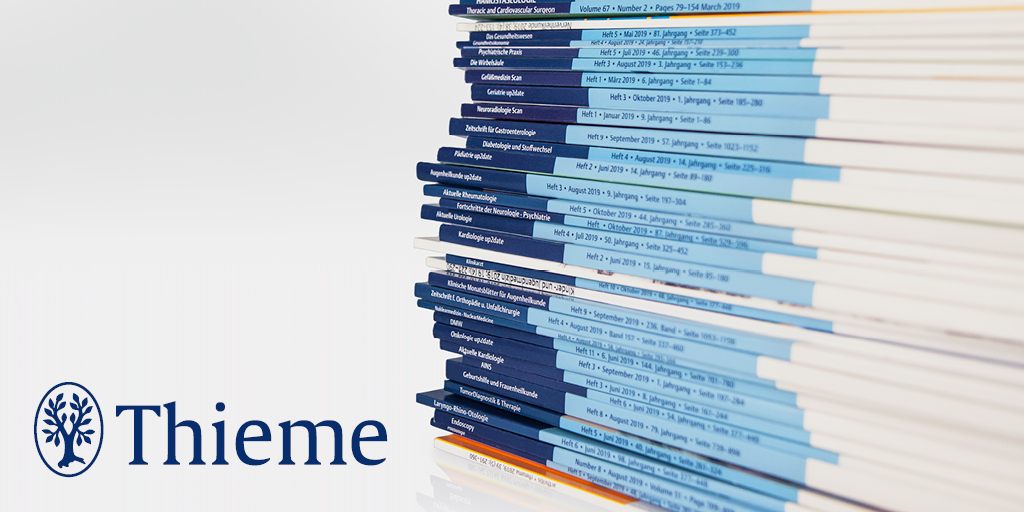Anterior commissure dislocation should be suspected with signs of vocal impairment after chondrolaryngoplasty. Following proper diagnosis, resuspension of the anterior commissure via feminization laryngoplasty approach can be an effective reparative technique.
Objective
Transfeminine patients (transwomen/feminine nonbinary folks assigned male at birth) can undergo chondrolaryngoplasty ("tracheal shave") to feminize their neck appearance. While isolated cases of vocal complications have been reported following the procedure, aggregated outcomes have not been quantitatively studied. We present acoustic and stroboscopic data to describe a patient cohort with vocal complications after chondrolaryngoplasty and discuss reparative surgical technique.
Methods
Subjective and objective data, including videostroboscopy, were collected from patients with voice complaints after chondrolaryngoplasty. Dislocated anterior commissures were reconstructed with feminization laryngoplasty. Postoperative voice data were recorded and statistically compared to preoperative data using paired t-tests.
Results
On consecutive chart review, of the 94 transfeminine women with prior outside history of chondrolaryngoplasty, 27 (29%) reported chronic postoperative hoarseness, deepened pitch, or loss of upper register. On endoscopy, short, lax vocal folds with persistent anterior glottic gap and phase asymmetry were commonly noted; anterior commissure dislocation was confirmed in-office by using needle localization through absent thyroid cartilage. After open resuspension of the anterior commissure with feminization laryngoplasty, post-repair modal-speaking, minimum, and maximum fundamental frequencies (F0) increased on average by 7, 8, and 5 semitones, respectively (p < 0.01), when compared to pre-repair values. On average, perioperative maximum phonation time did not change significantly (p = 0.15). Average self-assessment of vocal femininity increased by 48% (p < 0.01).
Conclusion
Anterior commissure dislocation should be suspected with signs of vocal impairment after chondrolaryngoplasty. Following proper diagnosis, resuspension of the anterior commissure via feminization laryngoplasty approach can be an effective reparative technique.
Level of Evidence
This work represents a 2011 OCEBM Level 4 evidence as a case series Laryngoscope, 2022
![]()


